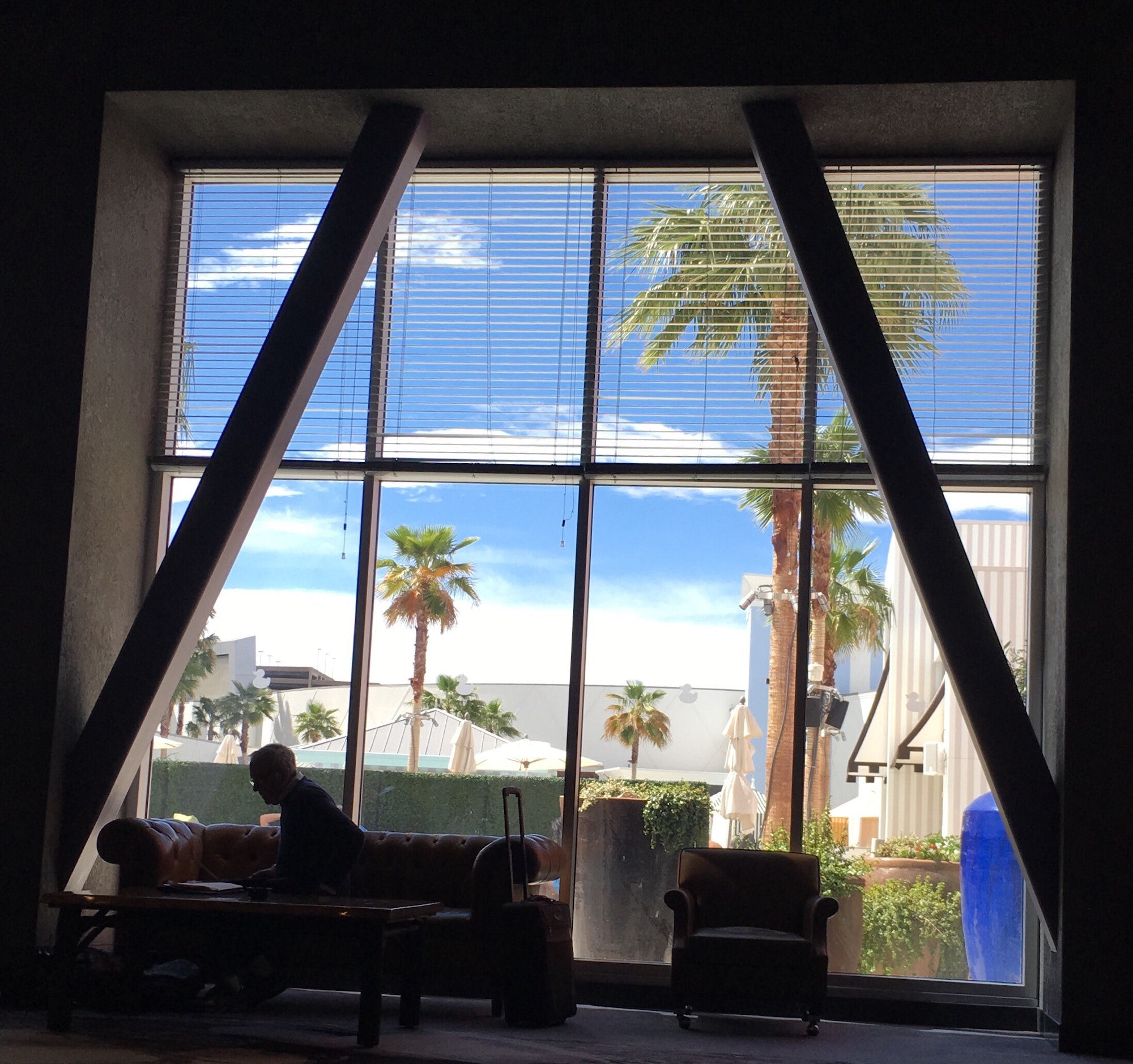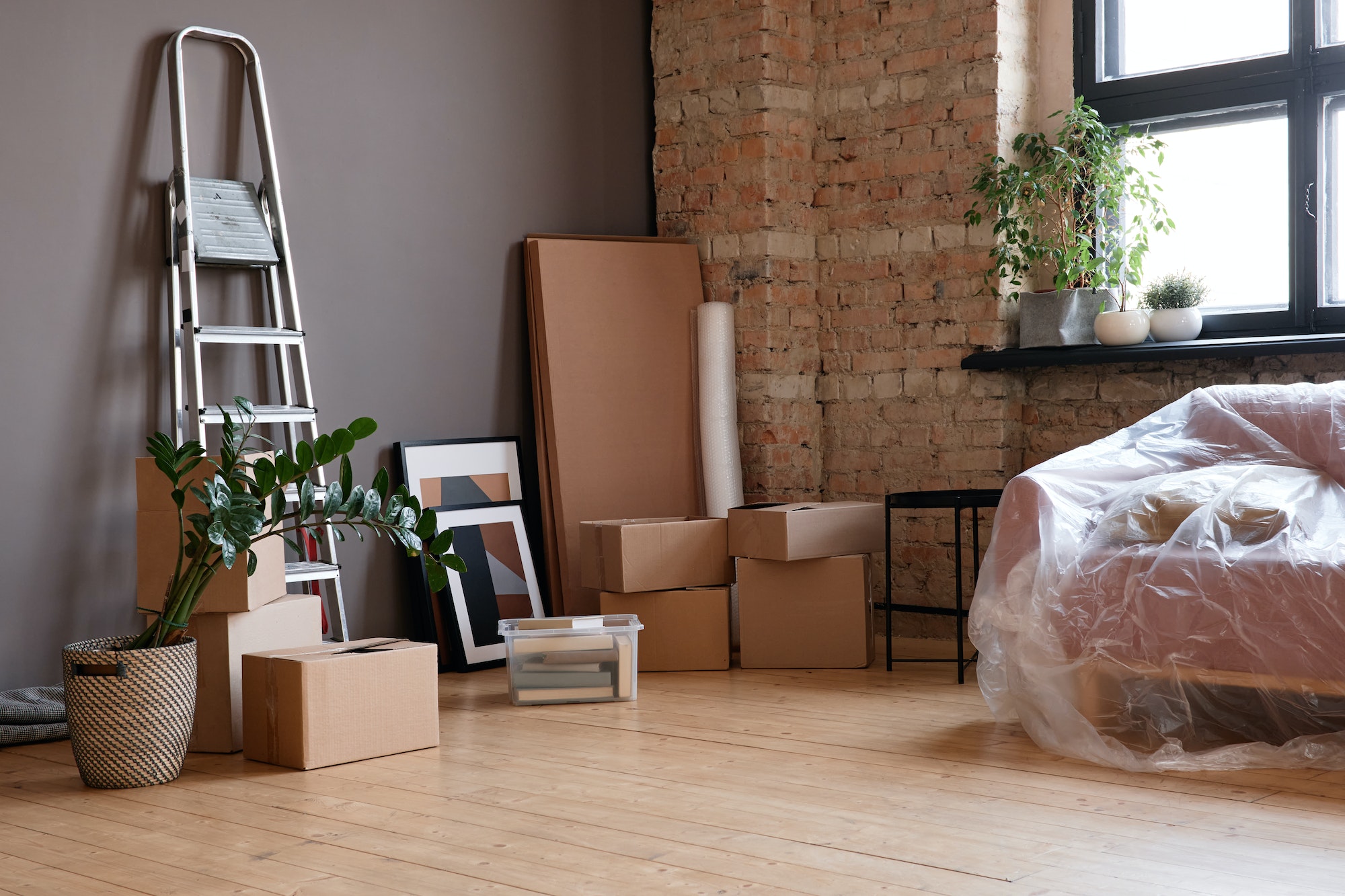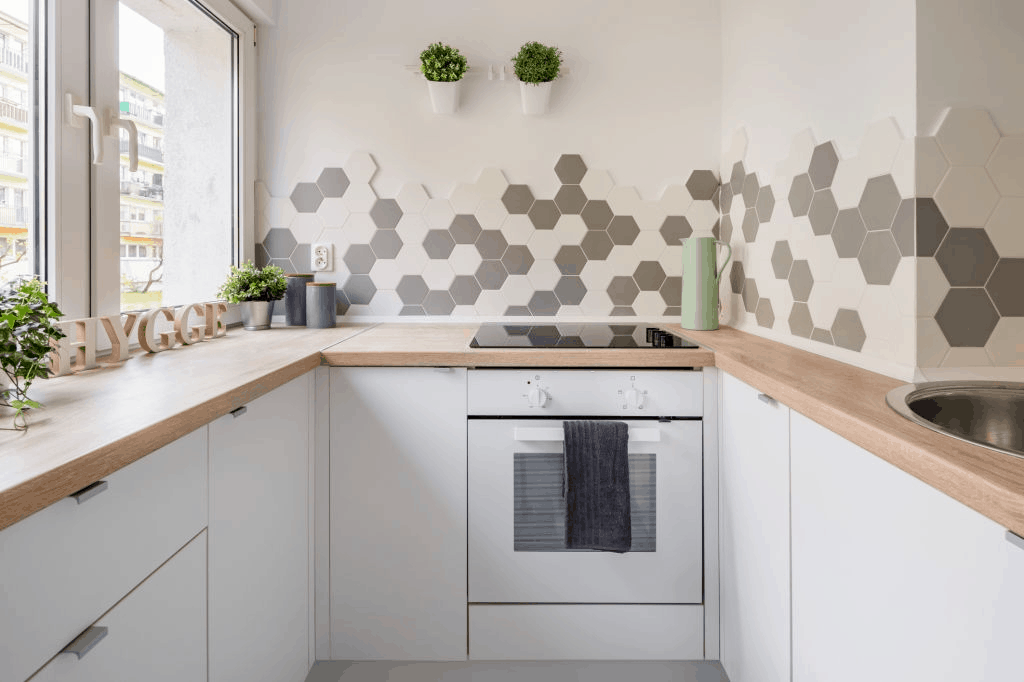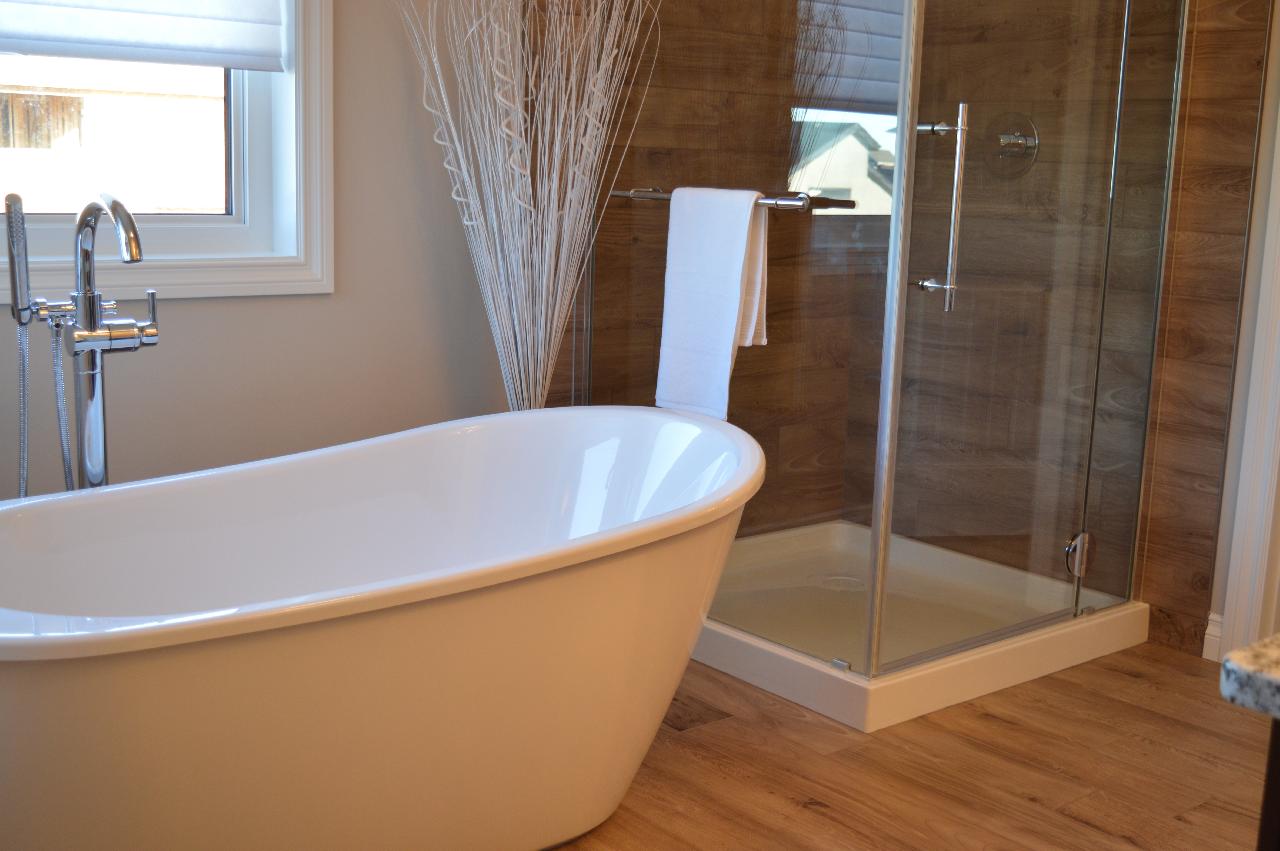Creating a connection between your home’s interior and exterior spaces can be a great way to bring the two together in harmony. Fortunately, there are simple, creative solutions that will help create an effortless transition from one space to the next. Here are some tips for creating a seamless connection between indoor and outdoor living areas.
1. Choose an Appropriate Interior Style
The interior style of a home can set the tone for how you want to bridge the gap between indoors and outdoors. If you prefer a modern, minimalist aesthetic, then consider sleek furniture pieces and décor that will help keep the look consistent. Opt for warm colors, wood accents, and cozy textiles for a more traditional or rustic feel.
Your style choice will also help determine what materials you use for your exterior areas. The interior design styles of your home should be reflected in the outdoor space, so paying attention to this is critical. The exterior should also provide a sense of welcome and comfort so that you can move seamlessly between the two.
2. Incorporate Natural Elements
Incorporating natural elements into your home’s interior is a great way to connect indoor and outdoor living areas. Use plants, stones, wood, or other natural materials in your interior design to give the space a more organic feel.
These elements also help establish a sense of balance between the two, as they bring in an element of nature while still matching the style of your home. Alternatively, you can also place sculptures, art pieces, and other accessories made from natural materials in your outdoor area to create a feeling of connection between inside and out.
3. Utilize Natural Light
Natural light is one of the easiest ways to bridge the gap between indoors and outdoors. Installing large windows or skylights will let in more light and offer expansive views of the outside world. Using mirrors is another great way to make the most out of the natural light you have. Mirrors can reflect and magnify existing light, making small spaces seem bigger and brighter. Consider installing sliding glass doors or accordion-style pocket doors that open from the home’s interior to the exterior for an even more intimate connection. This allows for easy access between the two and creates a sense of flow.
4. Create Cohesive Color Palettes
Creating a cohesive color palette for indoor and outdoor living spaces helps create a stronger connection between the two. Choose colors that complement each other, and you can use them in both areas. Just make sure they match your interior style and are appropriate for the environment. Soft blues, greens, and neutrals are often used as base tones, while accent colors add depth and vibrancy to the look. By creating a unified color palette, you can create a sense of continuity between both spaces and establish an overall design aesthetic that ties everything together.
5. Utilize Texture
The texture is another great way to bridge the gap between indoors and outdoors. Incorporating different materials and finishes into your interior design can add texture, depth, and visual interest. These textures should be subtle and blend in with the existing decor, so they don’t stand out too much. In terms of outdoor materials, use wood, stone, or gravel to bring in an element of nature without looking too busy. This helps create a sense of continuity between the two areas and makes it look like they are part of one cohesive design.
6. Invest in Outdoor Furniture
Investing in outdoor furniture can help create a comfortable and inviting living space for indoor and outdoor areas. Choose pieces that complement your existing interior furnishings to look like one cohesive design. Add cushions for comfort, rugs for texture, and other accessories to make the exterior more inviting. Outdoor furniture should be durable and made from materials that can withstand the elements. This will ensure it lasts for years to come.
By following these tips, you can create a seamless connection between your indoor and outdoor living spaces, making them feel like one cohesive, unified environment. No matter your style or how you incorporate these tips into your home, the result will be a beautiful, connected living space that you can enjoy for years to come.
Discover more from Futurist Architecture
Subscribe to get the latest posts sent to your email.




